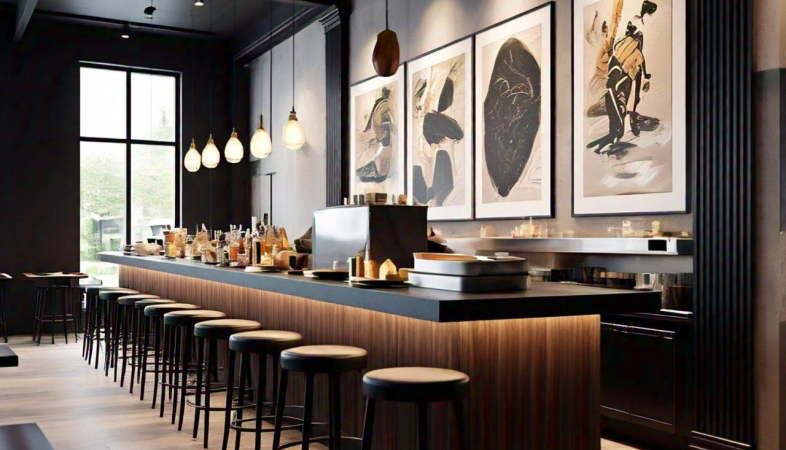SHARE
Commercials
More Posts
May 20, 2025
Bhutte Ka Halwa - By Chef Reetu Uday Kugaji
Feb 03, 2025
Honey Pepper Rose Petals - By Chef Selva Kumar
Jul 05, 2025
Chicken Satay - By Chef R. Vijayan
May 20, 2025
Bhutte Ka Halwa - By Chef Reetu Uday Kugaji
Feb 03, 2025
Honey Pepper Rose Petals - By Chef Selva Kumar
Jul 05, 2025
.png)




















.jpg)






